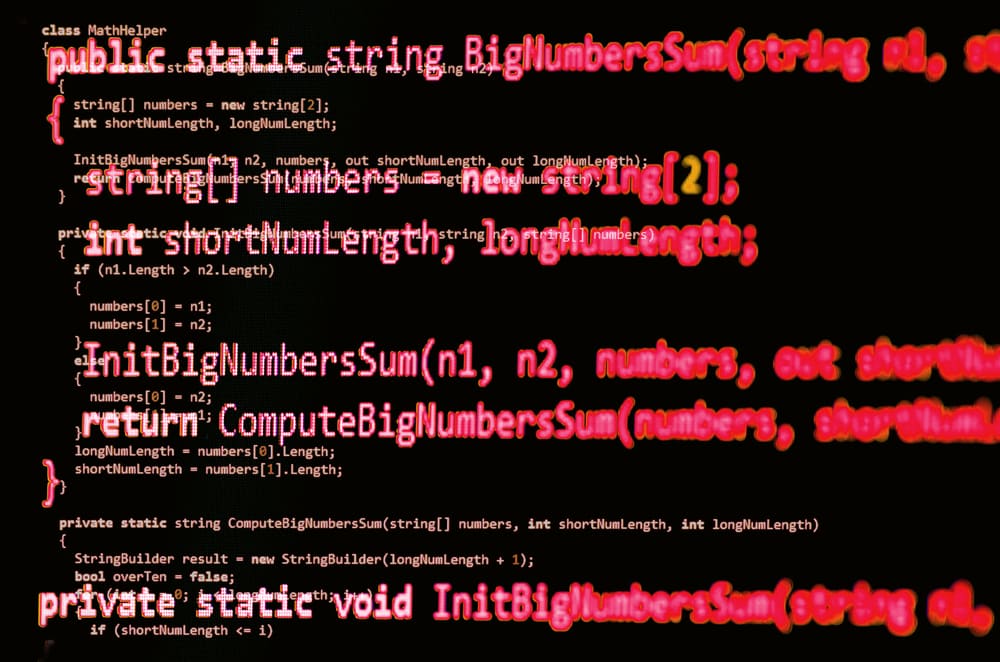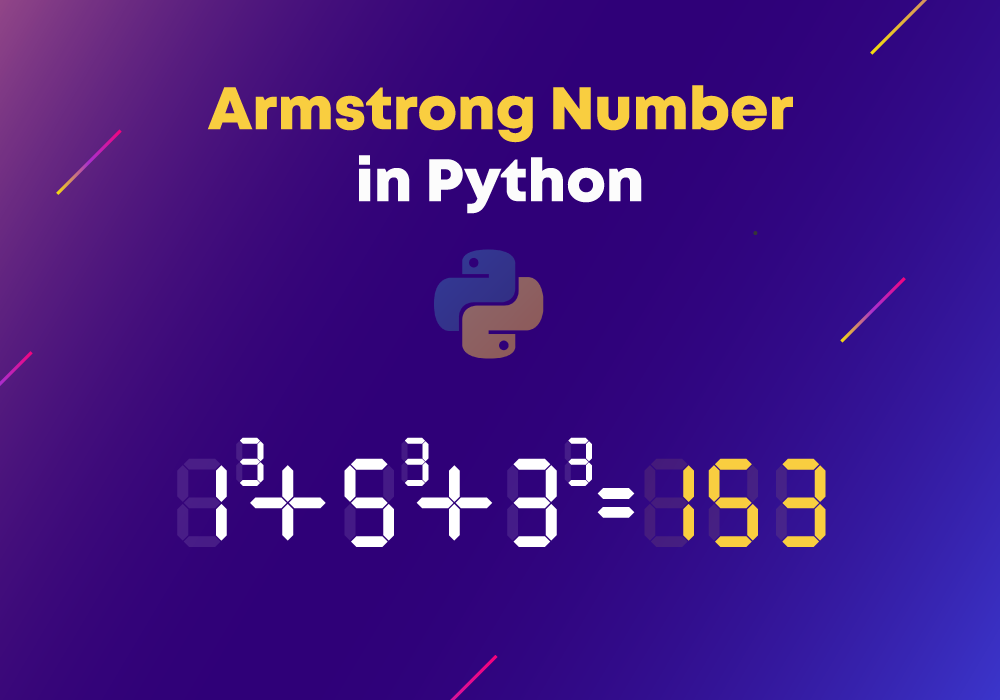Have you ever wondered what makes specific numbers unique?
Prime numbers are one fascinating concept in the realm of mathematics. They are like the building blocks of all numbers, possessing unique properties that make them stand out.
This blog will explore prime numbers using Python, a versatile and accessible programming language.
Whether you’re a professional programmer or just starting to learn a prime number program in Python, join us as we explore the basics of prime numbers, understand their significance, and learn how to write a program to identify them using Python.
Open the door to boundless opportunities with Free Python courses.
What Is Prime Number?
A prime number is a fundamental mathematical concept, representing a unique set of numbers with remarkable properties. Here’s a breakdown of what defines a prime number:
Definition
A prime number is a natural number greater than 1 with two distinct positive divisors: 1 and itself.
Key Characteristics
It cannot be formed by multiplying two smaller natural numbers.
Prime numbers are indivisible, meaning they cannot be evenly divided by any other number except 1 and themselves.
Examples
2, 3, 5, 7, 11, 13, 17, 19, and so on are all examples of prime numbers.
Importance
Number Theory: They form the basis of number theory, fueling conjectures and theorems like the Goldbach and twin prime conjectures.
Cryptography: Essential for secure key generation in encryption algorithms such as RSA, ensuring the confidentiality of digital communication and transactions.
Computer Science: Vital in optimizing algorithms and data structures like hashing, searching, and sorting, enhancing efficiency.
Prime numbers are not just mathematical concepts. They are foundational elements that underpin critical aspects of modern technology, security, and scientific inquiry.
Is 1 A Prime Number?
1 is not considered a prime number due to the definition of prime numbers and their properties. Here’s why:
Definition
Prime numbers are integers greater than 1 with two distinct positive divisors: 1 and the number itself.
Property of 1
Unlike prime numbers, 1 has only one distinct positive divisor, which is 1 itself.
Exclusion From The Prime List
Prime numbers are fundamental building blocks for other numbers, and 1 does not fit this criterion because it does not meet the requirement of having exactly two distinct positive divisors.
Prime Factorization
Every positive integer greater than 1 can be uniquely expressed as a product of prime numbers. However, 1 cannot be described as such since it is not a prime number.
Co-prime Numbers
Co-prime numbers, or relatively prime numbers, are integers with no common factors other than 1. Here’s a breakdown with an easy-to-understand example:
Definition
Co-prime numbers are pairs of integers where the only positive integer that evenly divides both numbers is 1.
No common factors
Co-prime numbers do not share any common factors other than 1. This means their greatest common divisor (GCD) is 1.
Example
Consider the pair of numbers 15 and 28.
Factors of 15 are 1, 3, 5, and 15.
Factors of 28 are 1, 2, 4, 7, 14, and 28.
The only positive integer that divides both 15 and 28 evenly is 1.
Thus, 15 and 28 are co-prime numbers because they share no common factors other than 1.
Smallest And Largest Prime Number
Co-prime numbers, or relatively prime numbers, are integers with no common factors other than 1. Here’s a breakdown with an easy-to-understand example:
Definition: Co-prime numbers are pairs of integers where the only positive integer that evenly divides both numbers is 1.
No common factors: Co-prime numbers do not share any common factors other than 1. This means their greatest common divisor (GCD) is 1.
Example: Consider the pair of numbers 15 and 28.
Factors of 15 are 1, 3, 5, and 15.
Factors of 28 are 1, 2, 4, 7, 14, and 28.
The only positive integer that divides both 15 and 28 evenly is 1.
Thus, 15 and 28 are co-prime numbers because they share no common factors other than 1.
The smallest prime number is 2, and it’s the only even prime number because all other even numbers are divisible by 2, making them composite.
As for the largest prime number, in 2018, Patrick Laroche discovered the largest known prime number, 282,589,933 − 1, which has a staggering 24,862,048 digits in base 10.
While the largest known prime number changes as new primes are discovered, this particular discovery was monumental due to the size of the number. However, the search for even larger prime numbers continues.
Understanding whether a number is prime involves checking for factors. This can be done through two methods:
Checking All Numbers For Factors
- Start a loop from 2 to the number itself.
- Check if the number is divisible by any number within this range.
- If it’s divisible, then it’s not a prime number.
- If no factors are found, then it’s a prime number.
Example: Consider the number 36.
- The factors of 36 are 1, 2, 3, 4, 6, 9, 12, 18, and 36.
- The square root of 36 is 6. Until 6, there are 4 factors apart from 1.
- Since there are factors other than 1 and 36 within the range of 2 to 6, 36 is not a prime number.
Efficient Solution Using Square Root
- Check for factors only up to the square root of the number.
- The number is not prime if a factor is found within this range.
- The number is prime if no factors are found up to the square root.
Example: Now, let’s take the number 73.
- The square root of 73 is approximately 8.54, rounded off to 9.
- Checking numbers from 2 to 9, we find no factors other than 1 for 73.
- As there are no factors apart from 1 within the range of 2 to 9, 73 is a prime number.
num = int(input("Enter the number: "))
if num > 1:
# check for factors
for i in range(2,num):
if (num % i) == 0:
print(num,"is not a prime number")
print(i,"times",num//i,"is",num)
break
else:
print(num,"is a prime number")
# if input number is less than
# or equal to 1, it is not prime
else:
print(num,"is not a prime number")
These methods offer different levels of efficiency in determining whether a number is prime.
The second method significantly reduces computational effort by checking factors only up to the square root of the number.
Now, before we get into the details of how to write a program to check whether a number is prime or not in Python, check out our Free Python Fundamentals for Beginners course, which covers all the foundational concepts you need to master Python programming.
You can also read our Python Tutorial For Beginners – A Complete Guide for everything you need to know about Python programming.
Python Program For Prime Number
Prime Number Checker
To determine if a number is prime in Python, follow these steps:
- Start a loop from 2 up to the square root of the number.
- Check if the number is divisible by 2.
- Continue checking divisibility until reaching the square root.
- If the number is divisible by any other number, it’s not prime. Otherwise, it’s a prime number in Python.
import math
def primeCheck(x):
status = 1 # Assume the number is prime initially
for i in range(2, int(math.sqrt(x)) + 1): # Loop from 2 to sqrt(num)
if x % i == 0:
status = 0 # If divisible, mark as not prime
print("Not Prime")
break
else:
continue
if status == 1:
print("Prime")
return status
num = int(input("Enter the number: "))
ret = primeCheck(num)
Explanation
The function primeCheck checks if a number is a prime number in Python. It loops through numbers from 2 to the square root of the input number. If the input number is divisible by any of these numbers, it’s marked as not prime; otherwise, it’s marked as a prime number.
Finding Prime Numbers In A Range
To find prime numbers within a range in Python, follow these steps:
- Input the lower and upper range from the user.
- Loop through numbers within the range.
- For each number, check if it’s greater than 1.
- If yes, start another loop to check divisibility from 2 up to the number.
- If any divisor is found, break the loop. Otherwise, print the prime number.
l_range = int(input("Enter Lower Range: "))
u_range = int(input("Enter Upper Range: "))
print("Prime numbers between", l_range, "and", u_range, "are:")
for num in range(l_range, u_range + 1):
if num > 1:
for i in range(2, num):
if (num % i) == 0:
break
else:
print(num)
Explanation
This Python script finds prime numbers within a given range. It takes inputs for the lower and upper ranges from the user and then loops through each number within that range.
For each number, it checks if it’s prime by testing divisibility from 2 up to the number itself. If the number is not divisible by any other number, it’s printed as a prime number.
This is how to find prime numbers in Python using simple programs. By implementing the Python program to check prime numbers, you can efficiently identify whether a given number is prime or not.
Additionally, with the script to find prime numbers within a range, you can generate a list of prime numbers within any specified range.
The Python libraries and scrips utilize basic programming concepts such as loops and conditionals to efficiently determine prime numbers, making them useful tools for various mathematical and computational tasks.”
Strengthen your understanding of numerical operations by exploring our Python NumPy Tutorial.
Also
Understand the correlations between Fibonacci and prime numbers in Python through our detailed blog on Fibonacci Series In Python.
Wrapping up
Python’s versatility shines brightly in the realm of prime numbers and beyond.
Python empowers enthusiasts and professionals to delve into the fascinating worlds of data science, machine learning, and artificial intelligence through its robust libraries and user-friendly syntax. Whether crunching numbers, analyzing data sets, or training complex models, Python is a top choice. Also check out our free courses to learn more advanced concepts and earn certifications for your achievements
To explore Python’s potential further and equip yourself for a brighter future, explore Great Learning’s Free Python Courses. These courses offer foundational knowledge, advanced skills, hands-on training, and practical applications that prepare you for a successful career in today’s data-driven world.
FAQs
No, the Prime Numbers Program in Python typically does not require external libraries as it utilizes built-in functionalities of the Python programming language for Python prime number calculations.
Yes, the Prime Numbers Program in Python can be modified to include functionality for checking if a specific number is prime by inputting that number and running the program accordingly.
Yes, the prime number Python program is adept at handling large prime numbers efficiently.
While the computational complexity may increase with the size of the numbers, the program utilizes optimized algorithms and data structures to mitigate performance bottlenecks, ensuring it can handle large prime numbers effectively within the constraints of the system’s resources.
The Prime Numbers Program in Python’s ability to handle a range of numbers is primarily constrained by the computational resources available, including memory and processing power.
While it can efficiently process large ranges, exceptionally vast ranges may surpass system limitations, leading to performance degradation or resource exhaustion.









